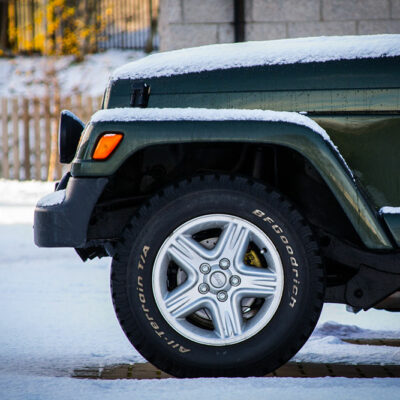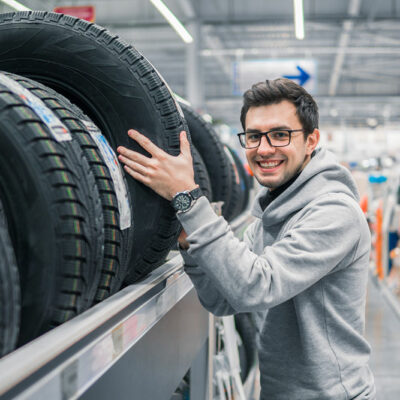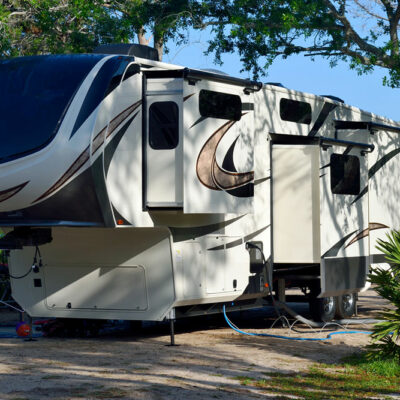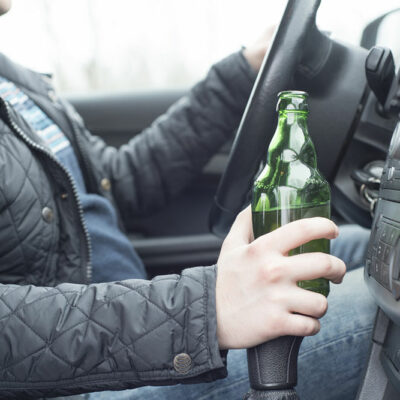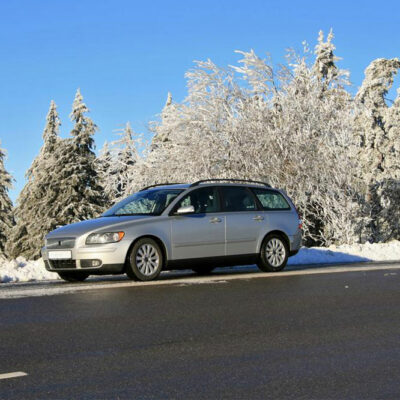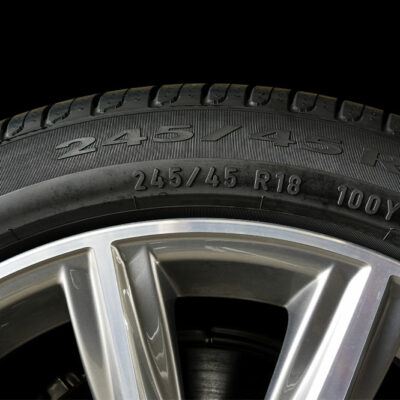
15 key things to know when buying new tires
A tire contains pressurized air that bears the weight of the vehicle, facilitates its movement, enables braking, and absorbs the vibrations caused by road irregularities. When it comes to vehicle maintenance, safety and performance are one of the most critical aspects. With time and regular usage, tires can get worn out and require replacement. However, not all tires may be suitable for one’s vehicle. There are some essential things one should know about tires before buying them. 1. Understand tire needs One should consider factors like the type of vehicle, typical driving conditions, and driving habits. If uncertain, one can consult the vehicle’s owner’s manual or a tire professional. There are various types of tires, such as all-season, summer, winter, and performance tires, each designed for different purposes. 2. Examine the codes One should also examine the tire code, DOT code, and UTQG code. The tire code provides essential information about size, load rating, and speed rating, while the DOT (U.S. Department of Transportation) code reveals the tire’s manufacturing date, helping buyers gauge its freshness. The UTQG (Uniform Tire Quality Grading) code, on the other hand, offers insights into the tire’s traction and temperature resistance ratings. Knowing these different parameters can ensure one is led to the right set of tires for one’s vehicle.
Read Article 
